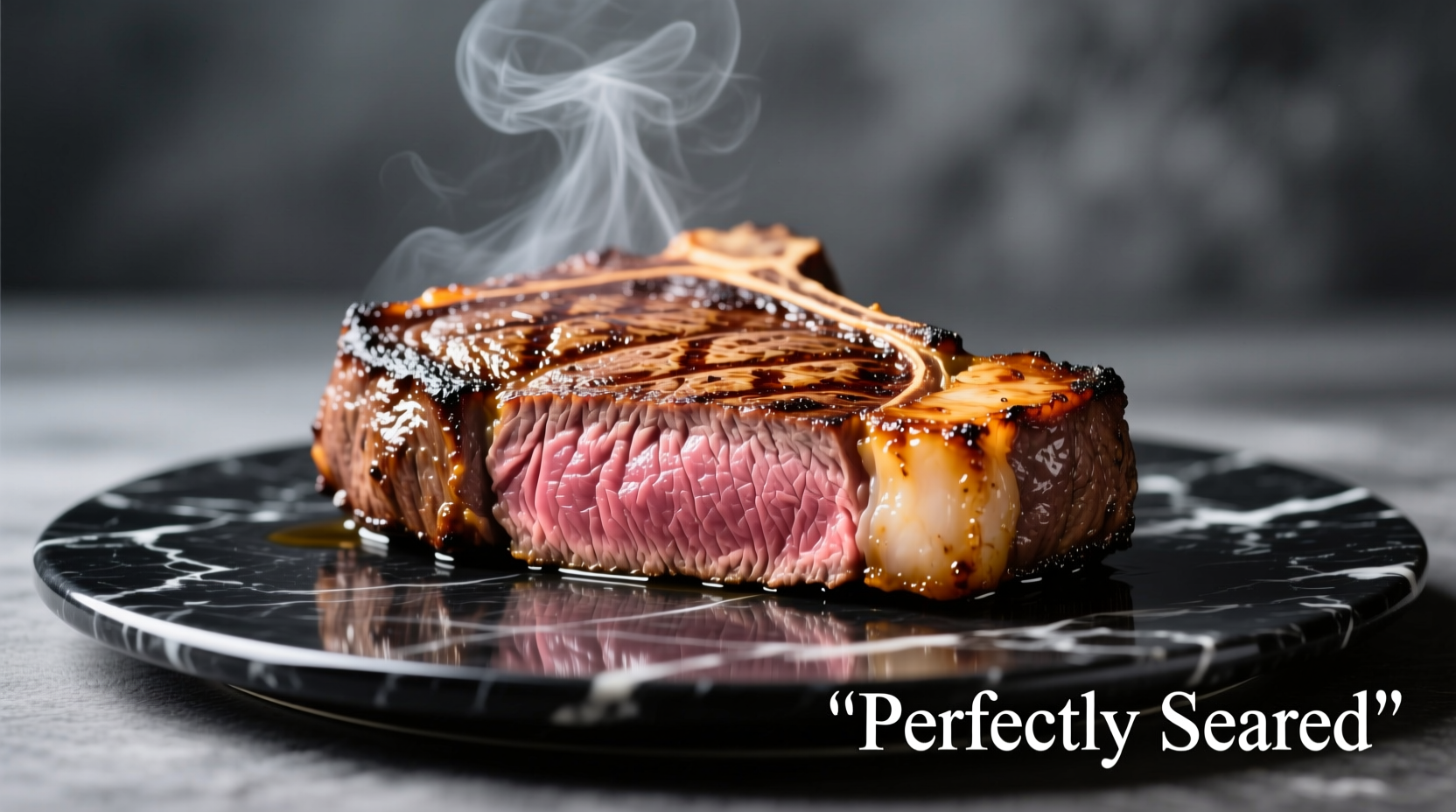Why Stove Cooking Delivers Superior Filet Mignon
Cooking filet mignon on the stove combines the intense sear of professional grills with precise temperature control impossible in most home ovens. This method creates the perfect Maillard reaction crust while maintaining the tender, buttery texture filet mignon is prized for. Unlike sous vide or slow-roasting methods, stove cooking gives you immediate visual and auditory feedback as the meat cooks.
Essential Equipment Checklist
- 12-inch cast-iron skillet (preheated for 15 minutes)
- Instant-read thermometer (Thermapen recommended)
- Heavy tongs (no piercing)
- Baking sheet with wire rack
- Cotton kitchen towels (for handling hot skillet)
Preparation: The 24-Hour Secret to Perfect Results
True filet mignon mastery begins long before heating your stove. Remove your steak from packaging and place on a wire rack over a plate in the refrigerator 24 hours before cooking. This dry-brining process concentrates flavor and creates an ideal surface for searing. One hour before cooking, bring the steak to room temperature - this critical step prevents uneven cooking.
| Doneness Level | Target Internal Temp | Resting Temp Rise | Total Final Temp |
|---|---|---|---|
| Rare | 115°F (46°C) | +5°F | 120°F |
| Medium-rare | 120°F (49°C) | +5°F | 125°F |
| Medium | 130°F (54°C) | +5°F | 135°F |
Source: USDA Food Safety and Inspection Service temperature guidelines for beef
Stove Cooking Process: Timing is Everything
Season your filet mignon generously with coarse sea salt and freshly ground black pepper just before cooking. Heat your cast-iron skillet over medium-high heat until smoking hot (about 5 minutes). Add 1 tablespoon of high-smoke point oil (avocado or grapeseed), then place the steak in the skillet away from you to avoid oil splatter.
First sear: Cook undisturbed for 3-4 minutes until a deep brown crust forms. Flip using tongs and sear the second side for 2 minutes. Rotate to sear all edges (about 30 seconds per edge). For thicker cuts (over 1.5 inches), finish in a 400°F oven for 3-5 minutes until reaching target temperature.

Why Stove Cooking Works Best for Certain Situations
This stove-to-oven method shines when cooking premium cuts like filet mignon because it provides immediate control over the critical searing phase. Unlike grill cooking, you avoid flare-ups that char delicate filet mignon. Compared to sous vide, it creates superior crust development. However, this technique works best for steaks 1.5-2 inches thick - thinner cuts risk overcooking during searing, while extremely thick cuts may benefit from reverse searing.
Avoid These 3 Costly Mistakes
- Moving the steak too soon: Wait for natural release (3+ minutes) before flipping
- Skipping the rest period: Cutting too soon releases precious juices
- Using the wrong oil: Extra virgin olive oil burns at searing temperatures
Resting and Serving: The Final Crucial Steps
Transfer your cooked filet mignon to a wire rack and rest for 8 minutes minimum. This allows juices to redistribute throughout the meat. For enhanced flavor, add a pat of compound butter during resting. Slice against the grain at a 45-degree angle for maximum tenderness. Serve immediately with roasted vegetables or a red wine reduction.











 浙公网安备
33010002000092号
浙公网安备
33010002000092号 浙B2-20120091-4
浙B2-20120091-4